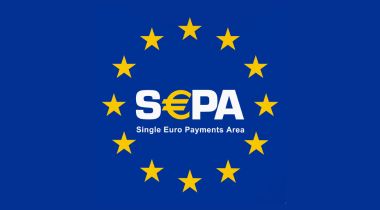2016 has been quite a year, with global events presenting new challenges and opportunities for the payments industry.
Looking back to our predictions for 2016, we talked about cryptocurrencies becoming more widely accepted, and while Bitcoin has hit the headlines for trading at its highest price since 2014, blockchain technology has been the main focus with a number of major banks experimenting with it.
Many other experts predictions for 2016 included an increase in mobile payments, increased collaboration between banks and FinTechs, and a shake-up of legacy infrastructure – all of which have been accurate.
Open banking initiatives were given a boost, with the Payment Systems Regulator (PSR) and PSD2 paving the way for better access to banking rails and customers, which will increase competition for the big players early in 2017.
Mobile payments see growth – but is by no means mainstream
The mobile payment ecosystem has grown in 2016; and according to research conducted by Timetric, the global mobile NFC transaction value will grow more than fivefold between now and 2020. However, in-store mobile payments still haven’t achieved the rapid adoption many experts predicted; consumer disinterest and concerns about security are two reasons cited for preventing mobile payments from achieving mainstream adoption.
An offshoot of the mobile payments trend is an increase in contactless payments and wearables. Barclays bPay joined forces with fashion giants Topshop and premium brand Lyle & Scott to create a range of wearables and contactless accessories. Contactless rings, similar to those provided to Olympic athletes by Visa in Rio during the summer, have also increased in popularity. Whether consumers are willing to leave their wallets at home en masse in the near future, though, is yet to be seen.
Regulation and better access to infrastructure levels the playing field
Regulation has been a hot topic and a cause for concern for many throughout 2016. While some have welcomed the changes in the regulatory landscape, for some, including incumbents, the news has not been so welcome.
On a positive note, the UK Payment Systems Regulator (PSR) confirmed that in addition to opening up infrastructure to new players in an effort to increase competition, it will also take steps to adopt “a common international messaging standard for Bacs and FPS to lower barriers and encourage new entrants to the market”.
RegTech comes to the rescue for businesses struggling with compliance
With new regulations come new challenges, so it’s no wonder that RegTech companies that specialise in developing automated solutions for financial institutions have increased in popularity in the last 12 months.
The FCA not only launched a regulatory sandbox that provides FinTechs with a safe environment to test new products; it also published ‘Supporting the development and adopters of RegTech‘ – a feedback statement which explores the FCA’s role as facilitator in the development of the RegTech sector.
As the regulatory landscape continues to evolve, both big and small players will have to adapt to keep up, and as a result, RegTech will continue to see accelerated growth over the next few years.
Overall, while the last 12 months have been challenging for some in the payments industry, we are looking forward to seeing what new developments and opportunities 2017 brings.


